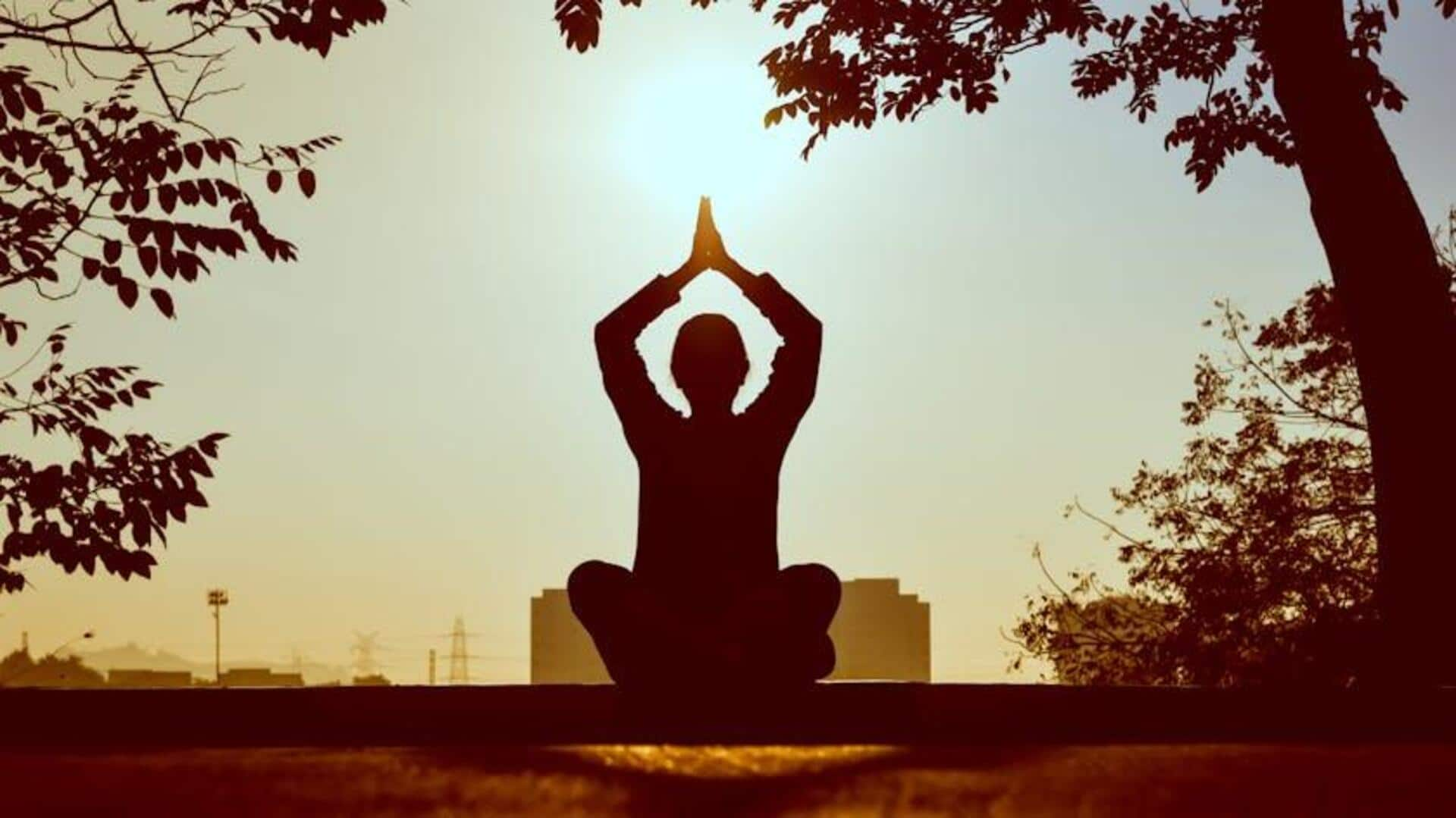
Yoga v/s Pilates: Which keeps you fitter?
What's the story
Yoga and Pilates are two of the most popular forms of exercise that emphasize improving flexibility and core strength. Although both practices come with a host of benefits, they are quite different in terms of approach and technique. Knowing these differences can help you choose the right practice for your fitness goals. Here's a look at yoga vs Pilates.
Stretching emphasis
Flexibility focus in yoga
Yoga is famous for being all about stretching and flexibility. The practice includes a series of poses that focus on different muscle groups, allowing for greater range of motion. With regular yoga practice, you can improve your flexibility with time as the muscles get stretched gently through various postures. This emphasis on stretching reduces muscle tension, improves joint mobility, and overall body alignment.
Core engagement
Core strength in Pilates
Pilates focuses heavily on core strength by activating the deep abdominal muscles in every exercise. The practice consists of controlled movements that require you to remain stable in your core area. By activating these muscles every time you work out, you can build a stronger core base. This ultimately leads to better posture, balance, and overall performance.
Breath control
Breathing techniques compared
Both yoga and Pilates involve specific breathing techniques to make them more effective. In yoga, breath control is essential to relax into poses while staying focused during the entire session. Meanwhile, Pilates focuses on precise breath patterns in conjunction with movement execution for maximum muscle engagement during exercises.
Mind-body connection
Body awareness development
Yoga promotes mindfulness by cultivating an awareness of your body through meditation practices. These are incorporated into sessions with physical postures, or asanas. This improves mental clarity with physical well-being over time. It works well when followed regularly under expert guidance. They focus on proper form, alignment cues customized specifically towards individual needs. This takes your personal limitations/injuries (if any) within participants themselves, into consideration too.